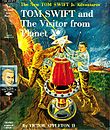Related Research Articles
Spy fiction is a genre of literature involving espionage as an important context or plot device. It emerged in the early twentieth century, inspired by rivalries and intrigues between the major powers, and the establishment of modern intelligence agencies. It was given new impetus by the development of fascism and communism in the lead-up to World War II, continued to develop during the Cold War, and received a fresh impetus from the emergence of rogue states, international criminal organizations, global terrorist networks, maritime piracy and technological sabotage and espionage as potent threats to Western societies. As a genre, spy fiction is thematically related to the novel of adventure, the thriller and the politico-military thriller.

The spy film, also known as the spy thriller, is a genre of film that deals with the subject of fictional espionage, either in a realistic way or as a basis for fantasy. Many novels in the spy fiction genre have been adapted as films, including works by John Buchan, le Carré, Ian Fleming (Bond) and Len Deighton. It is a significant aspect of British cinema, with leading British directors such as Alfred Hitchcock and Carol Reed making notable contributions and many films set in the British Secret Service.
John Drake is a fictional secret agent, played by Patrick McGoohan in the British television series Danger Man. Unlike James Bond, he never carried a gun, rarely used far-fetched gadgets, never got the girl, and rarely killed anyone on screen.
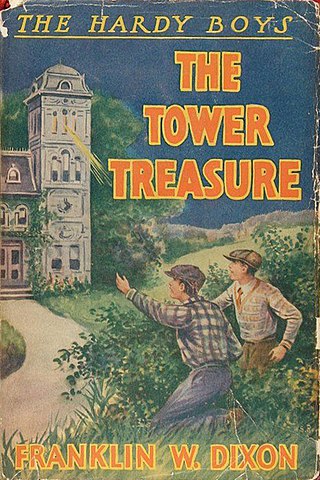
The Hardy Boys, brothers Frank and Joe Hardy, are fictional characters who appear in several mystery series for children and teens. The series revolves around teenagers who are amateur sleuths, solving cases that stumped their adult counterparts. The characters were created by American writer Edward Stratemeyer, the founder of book-packaging firm Stratemeyer Syndicate. The books themselves were written by several ghostwriters, most notably Leslie McFarlane, under the collective pseudonym Franklin W. Dixon.
Donald Bengtsson Hamilton was an American writer of novels, short stories, and non-fiction about the outdoors. His novels consist mostly of paperback originals, principally spy fiction, but also crime fiction and westerns, such as The Big Country. He is best known for his long-running Matt Helm series (1960-1993), which chronicles the adventures of an undercover counter-agent/assassin working for a secret American government agency. The noted critic Anthony Boucher wrote: "Donald Hamilton has brought to the spy novel the authentic hard realism of Dashiell Hammett; and his stories are as compelling, and probably as close to the sordid truth of espionage, as any now being told."
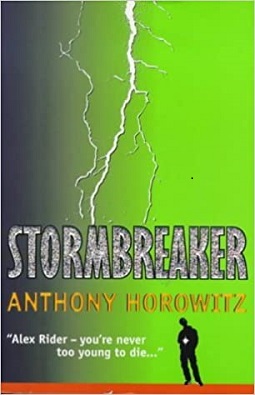
Alex Rider is a series of spy novels written by British author Anthony Horowitz. The novels revolve around a teenage spy named Alex Rider and is primarily aimed towards young adults. The series currently comprises thirteen novels, as well as six graphic novels, seven short stories, a supplementary book, and a TV series. In January 2022, Horowitz indicated that he hopes to start writing a fourteenth novel later in 2022, and that it will be published in 2023.
Matt Helm is a fictional character created by American author Donald Hamilton (1916-2006). Helm is a U.S. government counter-agent, a man whose primary job is to kill or nullify enemy agents—not a spy or secret agent in the ordinary sense of the term as used in most spy thrillers.
William Haggard was the pseudonym of Richard Henry Michael Clayton, the son of the Rev. Henry James Clayton and Mabel Sarah Clayton. He was an English writer of fictional spy thrillers set in the 1960s through the 1980s, or, as the writer H. R. F. Keating called them, "action novels of international power." Like C. P. Snow, he was a quintessentially British Establishment figure who had been a civil servant in India, and his books vigorously put forth his perhaps idiosyncratic points of view. The principle character in most of his novels is the urbane Colonel Charles Russell of the fictional Security Executive,, who moves easily and gracefully along Snow's Corridors of Power in Whitehall. During the years of the fictional spy mania initially begun by the James Bond stories, Haggard was considered by most critics to be at the very top of the field.
(Robert) Geoffrey Trease FRSL was a prolific British writer who published 113 books, mainly for children, between 1934 and 1997, starting with Bows Against the Barons and ending with Cloak for a Spy in 1997. His work has been translated into 20 languages. His grandfather was a historian, and was one of the main influences on his work. He is best known for the children's novel Cue for Treason (1940).

CHERUB is a series of teenage spy novels written by English author Robert Muchamore, focusing around a fictional division of the British Security Service called CHERUB, which employs children, predominantly orphans, 17 or younger as intelligence agents.
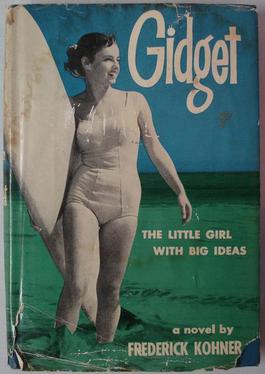
Gidget is a fictional character created by author Frederick Kohner in his 1957 novel, Gidget, the Little Girl with Big Ideas. The novel follows the adventures of a teenaged girl and her surfing friends on the beach in Malibu. The name Gidget is a portmanteau of "girl" and "midget". Following the novel's publication, the character appeared in several films, television series, and television movies.
Edward Sidney Aarons was an American writer who authored more than 80 novels from 1936 until 1975. One of these was under the pseudonym "Paul Ayres", and 30 were written using the name "Edward Ronns". He also wrote numerous stories for detective magazines such as Detective Story Magazine and Scarab.
Nick Carter-Killmaster is a series of spy adventures published from 1964 until 1990, first by Award Books, then by Ace Books, and finally by Jove Books. At least 261 novels were published. The character is an update of a pulp fiction private detective named Nick Carter, first published in 1886.
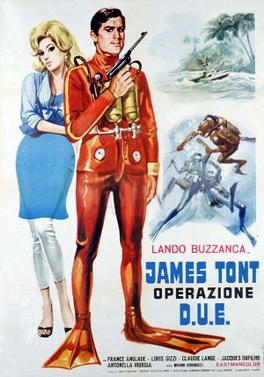
Eurospy film, or Spaghetti spy film, is a genre of spy films produced in Europe, especially in Italy, France, and Spain, that either sincerely imitated or else parodied the British James Bond spy series feature films. The first wave of Eurospy films were released in 1964, two years after the first James Bond film, Dr. No, and in the same year as the premiere of what many consider to be the apotheosis of the Bond series, Goldfinger. For the most part, the Eurospy craze lasted until around 1967 or 1968. In Italy, where most of these films were produced, this trend replaced the declining sword and sandal genre.
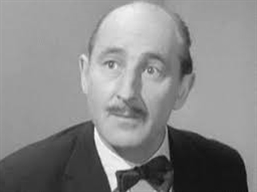
Arnold Diamond was an English character actor, regularly cast in small parts on television such as in The Avengers 1967 episode entitled Who's Who when he played Krelmar.
Tower Publications was an American publisher based in New York City that operated from 1958 to c. 1981. Originally known for their Midwood Books line of erotic men's fiction, it also published science fiction and fantasy under its Tower Books line and published comic books in the late 1960s under its Tower Comics imprint. In the early 1970s, Tower acquired paperback publisher Belmont Books, forming the Belmont Tower line. Archie Comics' cofounder Louis Silberkleit was a silent partner in Tower's ownership; longtime Archie editor Harry Shorten was a major figure with Tower in all its iterations.
Girl detective is a genre of detective fiction featuring a young, often teen-aged, female protagonist who solves crimes as a hobby.
James Duncan Lawrence, best known as Jim Lawrence, was an American author best known for authoring most of the Tom Swift Jr. series of books and Friday Foster comic strip.
References
- ↑ John Axe, All About Collecting Boys’ Series Books, page 16, Hobby House Press, 2002
- 1 2 Curtis Burau, G And D Keep Heroes Going, The Sacramento Bee, June 22, 1969, page 138
- 1 2 Turner Will Retire Nov. 30; Crooks, Lawrence Take Strip, Times Record News (Wichita Falls, Texas), November 24, 1969, page 16
- 1 2 3 Michael G. Cornelius, The Boy Detectives, pages 147-148, McFarland, 2014
- ↑ Spy Stories Real, Fictional, The Indianapolis Star, November 19, 1967, page 139
- ↑ Diane McClure Jones & Rosemary Jones, Boys' & Girls' Book Series, page 56, Collector Books, 2002
- ↑ well-chosen gift books for the young "to grow" by, The Baltimore Sun, December 5, 1967, page 9
- ↑ Child’s Book Sale, The Courier-Journal (Louisville, KY), May 18, 1972, page 14
- ↑ family book bash, The Commercial Appeal (Memphis, TN), September 24, 1972, page 97
- ↑ Peter Gorner, A Plea for 'The Dogs', Detroit Free Press, June 12, 1977, page 96
